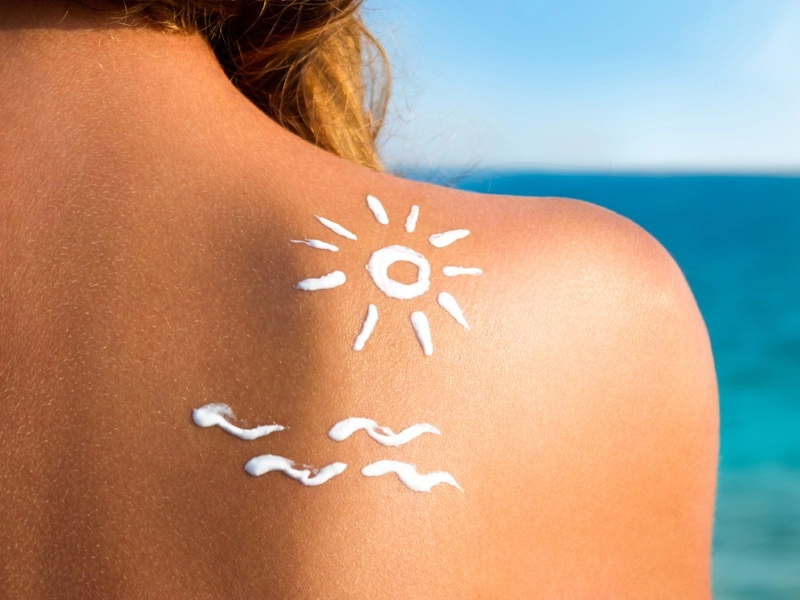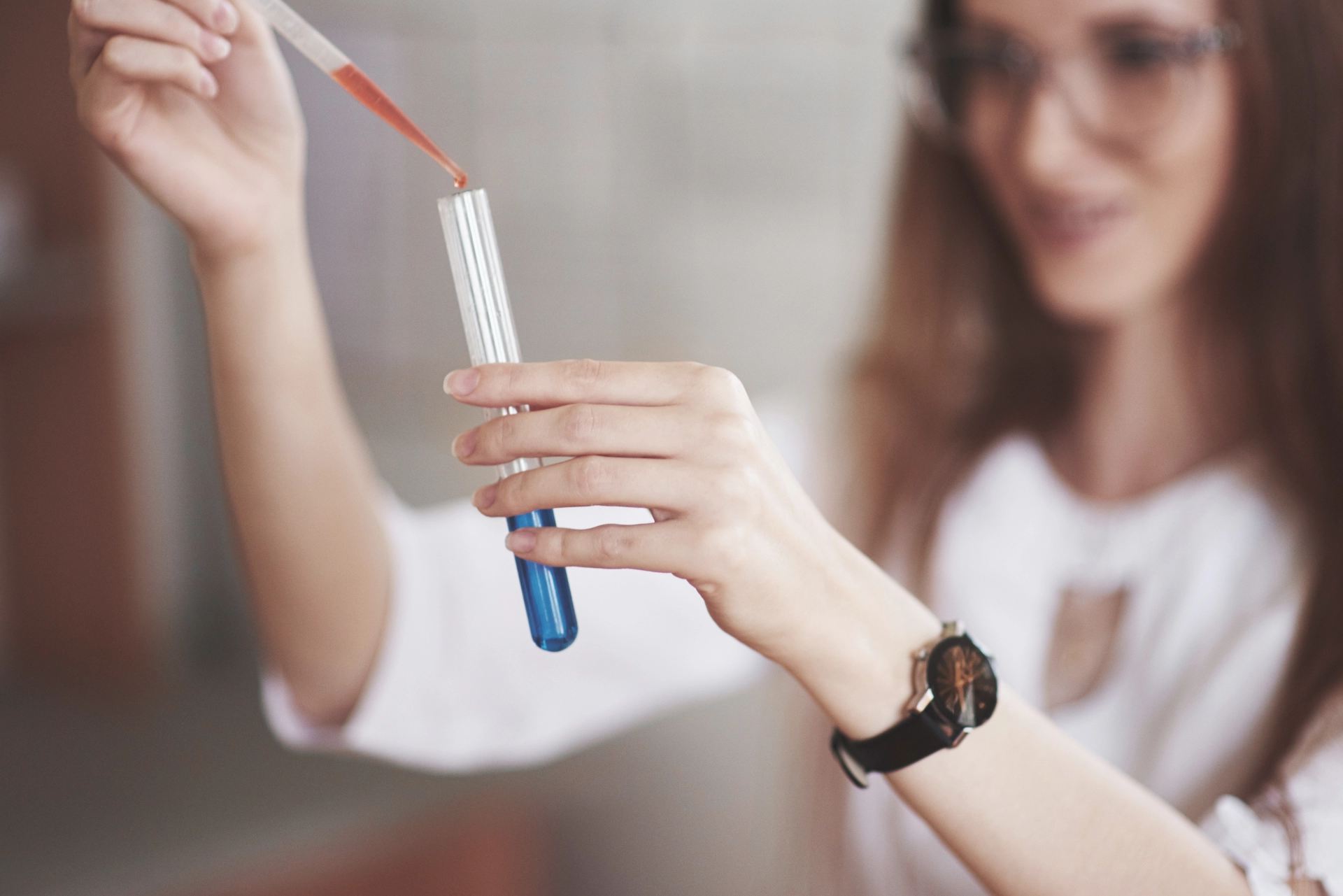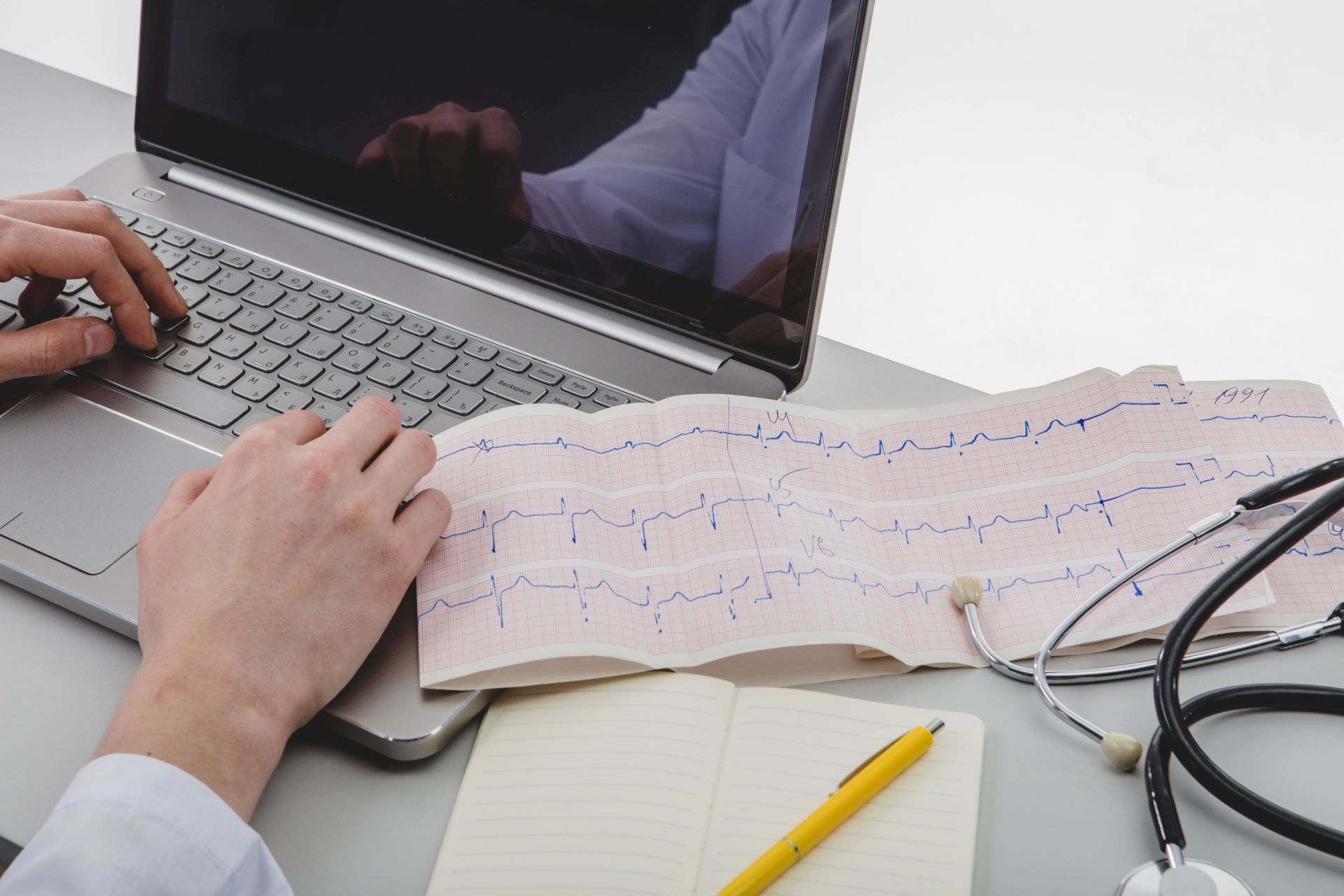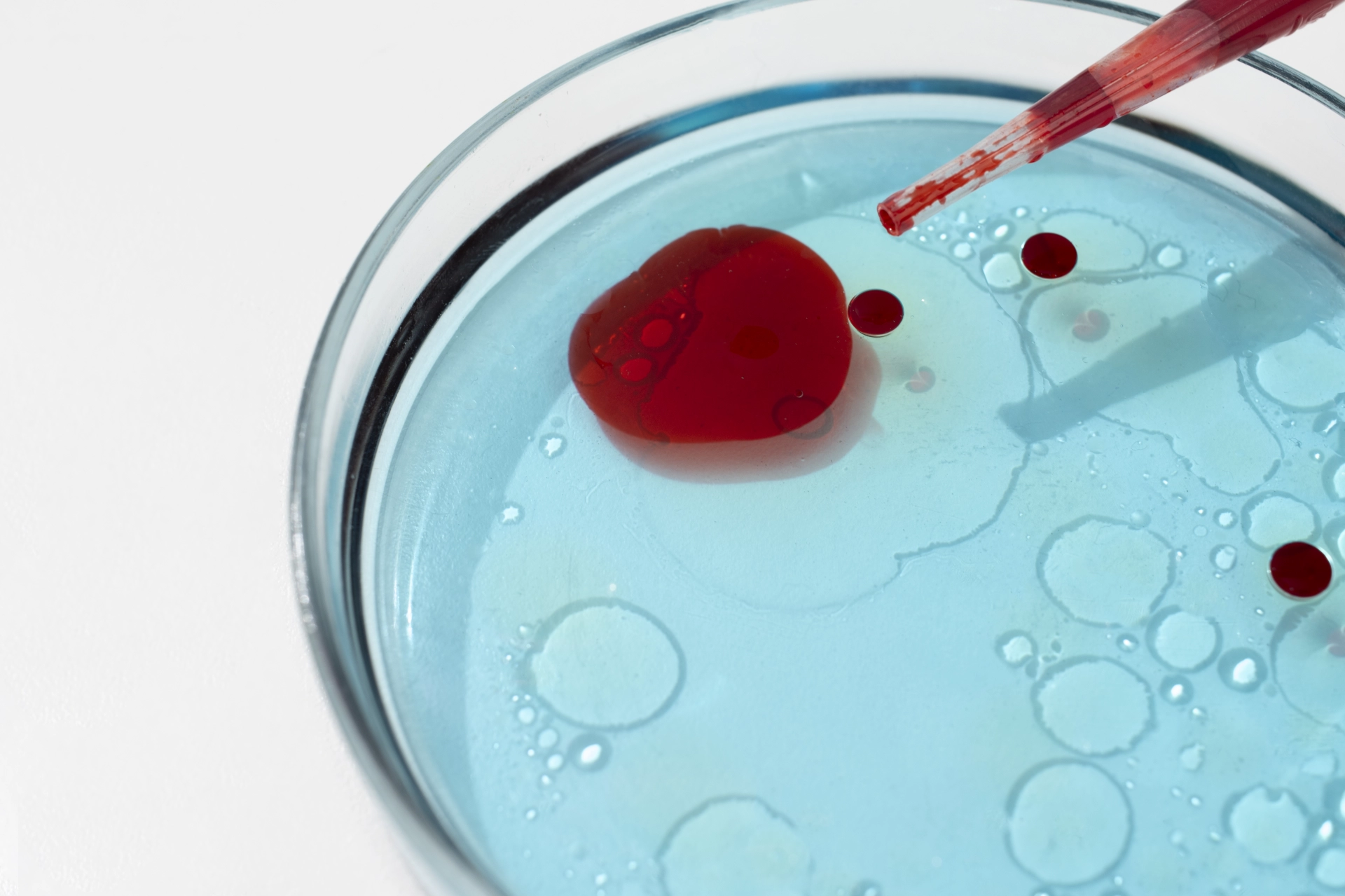Tanning happens when your skin darkens after being exposed to ultraviolet (UV) rays. While many people enjoy a sun-kissed glow, it's important to do it safely. The best way to protect your skin is by using a broad-spectrum sunscreen and avoiding too much time in direct sunlight.
Even with precautions, tanning comes with some risks—especially since it usually means spending long hours in the sun. To stay safe, try to keep your sun exposure limited and wear protective clothing when outside.
If you still want to tan outdoors,
here are some tips to help you do it more safely:
•Avoid the sun between 10 a.m. and 2 p.m.—that’s when UV rays are strongest.
•Use a sunscreen that’s at least SPF 30 and offers broad-spectrum protection. Reapply often, especially after swimming or sweating, even if it says water-resistant.
•Don’t stay in the sun too long at once. Take shorter tanning breaks instead of long sessions. You might not notice sunburn until later.
•Protect your face and eyes with a wide-brimmed hat and sunglasses that block 99–100% of UVA and UVB rays.
•Stay hydrated by drinking water and take breaks in the shade to avoid heat exhaustion.
•If your skin starts turning pink or feels sore, head indoors. People with darker skin tones might not notice color changes, so check your skin often.
Also, remember this:
You don’t need to be under the sun to get sun damage.
•Sand, snow, and water reflect UV rays, so you can get sunburned even in the shade.
•Cloudy skies don’t block UV rays. You can still burn on overcast days.
•Trees, umbrellas, and tents don’t block all UV rays. If you can see your shadow, you’re still exposed to sunlight.
Who Should Avoid Tanning?
Some people are more sensitive to sun damage.
How long you can stay in the sun without harm depends on several things:
•
Age
: Young skin is more delicate. Getting too much sun as a child or teen can raise the risk of skin cancer later in life.
•
Skin type
: Lighter skin burns more easily. Even if you already have a tan, it offers only a tiny bit of protection.
•
History of skin cancer
: If you’ve had skin cancer before, more sun exposure increases your risk of another case.
Some people should avoid tanning completely—especially if they’ve recently:
•Had a cosmetic treatment like a chemical peel or laser hair removal
•Used skincare with ingredients like salicylic acid or other exfoliants
•Taken acne treatments like isotretinoin or used retinoid creams
•Used medicines that make the skin more sensitive to sunlight, like some antibiotics
It’s always best to
ask a doctor or dermatologist when it’s safe to go out in the sun again after treatments or medication. And if you’re on any medication, check the label before tanning.
While a little sun exposure can be good for your health, tanning always brings a risk of sunburn and skin damage. It can also raise your chances of getting skin cancer. If you still want that sun-kissed look, just make sure you’re taking smart steps to protect your skin.






